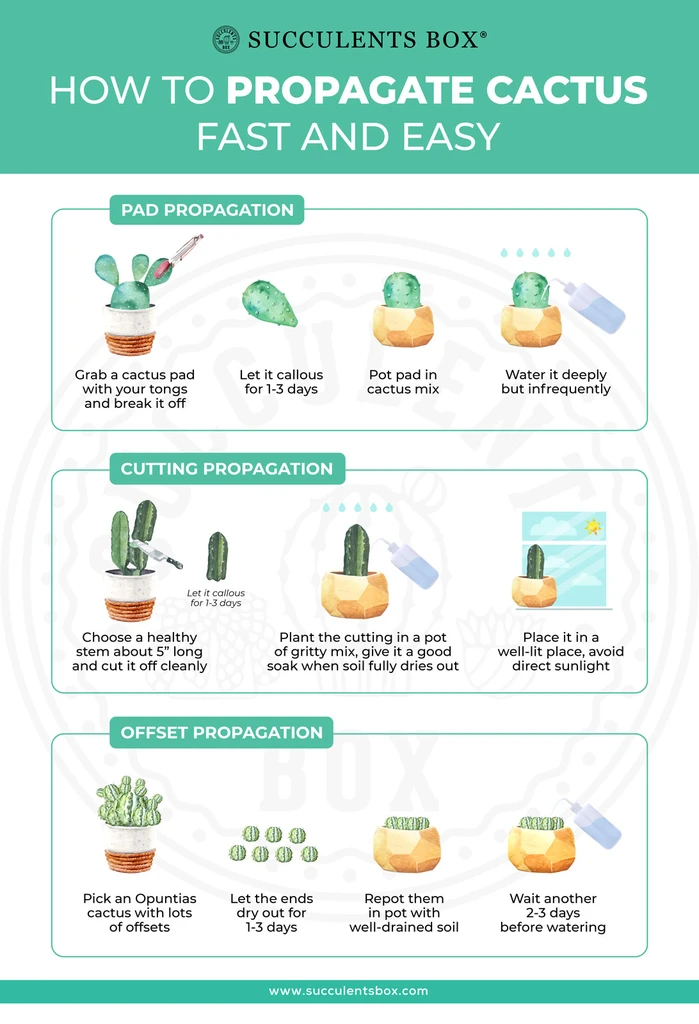Cacti have long captivated the hearts and minds of plant enthusiasts. Their unique adaptations to arid environments, striking appearances, and intriguing growth habits invite exploration. For those eager to expand their cactus collection, understanding propagation methods can be both enriching and rewarding. This guide delves into the intricate world of cactus propagation, providing essential insights for beginners.
Understanding the Basics of Cactus Propagation
At its core, cactus propagation involves the reproduction of cacti by various methods, primarily cuttings and seeds. Each method has its distinctive characteristics, yielding different experiences and results. A common observation among novice gardeners is the fascination with the resilience and beauty of cacti, which often raises deeper questions about the plant’s adaptations and life cycle.
Different species of cacti exhibit various propagation techniques. For instance, while some cacti can be effortlessly propagated through cuttings, others require a more delicate approach involving seeds. Recognizing these nuances is crucial for successful propagation. Notably, understanding the biology of cacti enhances one’s appreciation for these plants, shedding light on their remarkable survival strategies in hostile environments.
The Methods of Propagation: Cuttings vs. Seeds
Two primary methods of cactus propagation are cuttings and seeds. Each has its own advantages and ideal conditions for success.
Cuttings are perhaps the most popular method due to their efficiency and speed. To propagate via cuttings, one must select a healthy portion of the cactus and sever it from the parent plant. It is essential to allow the cutting to callous over for several days before placing it in soil. This minimizes the risk of rot and allows the cutting to form roots more effectively. Depending on the species, the rooting process may take anywhere from a few weeks to a couple of months.
On the other hand, seed propagation, while more time-consuming, is an enriching endeavor. This method involves collecting seeds from mature cacti and planting them in a suitable medium. Seeds must be kept moist but not waterlogged, and they thrive in warm, sunny conditions. Patience is paramount, as germination can take weeks or even months. However, witnessing a seed evolve into a thriving plant offers a profound sense of accomplishment.
Choosing the Right Cacti for Propagation
All cacti are not created equal, and certain species are infinitely easier to propagate than others. Popular choices include Echinopsis, Opuntia, and various species of the Mammillaria genus. Understanding the specific needs and growth patterns of each species can enhance propagation success.
Echinopsis cacti, for instance, are known for their adaptability and rapid growth. Their cuttings root quickly, making them ideal for beginners. Opuntia, commonly known as prickly pear, also propagates easily through pads, which can be severed and planted to produce new growth.
Conversely, some cacti, such as the more rare and fragile species, may require a more delicate touch and specialized conditions. Thus, aspiring propagators should become acquainted with the individual lifestyles of their chosen cacti to tailor their approach effectively.
Creating Optimal Conditions for Growth
Once the method and species for propagation have been determined, establishing the right conditions for growth is paramount. Light, temperature, and soil type play crucial roles in the success of cacti propagation.
Cacti generally thrive in bright, indirect light. For seedlings, it is essential to provide ample light without direct exposure to scorching rays, which can cause damage. A south-facing window or a grow light can be effective in providing the necessary illumination. For cuttings, allowing them to acclimatize to light before permanently placing them in a sunny location can foster optimal growth.
Temperature is another vital consideration, as most cacti prefer warmth. Maintaining a temperature range of 70°F to 80°F is generally ideal for both cuttings and seeds. In colder months, heating mats can aid in maintaining this warmth, ensuring the growth process remains uninterrupted.
Soil composition is also critical. Cacti require well-draining soil to prevent root rot. A commercial cactus mix or a homemade blend of potting soil, sand, and perlite is often recommended. This ensures that any excess moisture drains away quickly, creating the perfect environment for healthy root development.
Final Thoughts: The Enrichment of Cactus Propagation
Engaging in cactus propagation offers an irresistible combination of science and artistry. The methods explored in this guide provide a foundational understanding for budding gardeners eager to embark on this rewarding journey. As one delves deeper into the nuances of care, cultivation, and observation, the true wonder of these remarkable plants becomes evident. With patience, persistence, and a little curiosity, the pursuit of cactus propagation can transform into a captivating and enlightening experience that deepens one’s appreciation for the natural world.





Leave a Comment